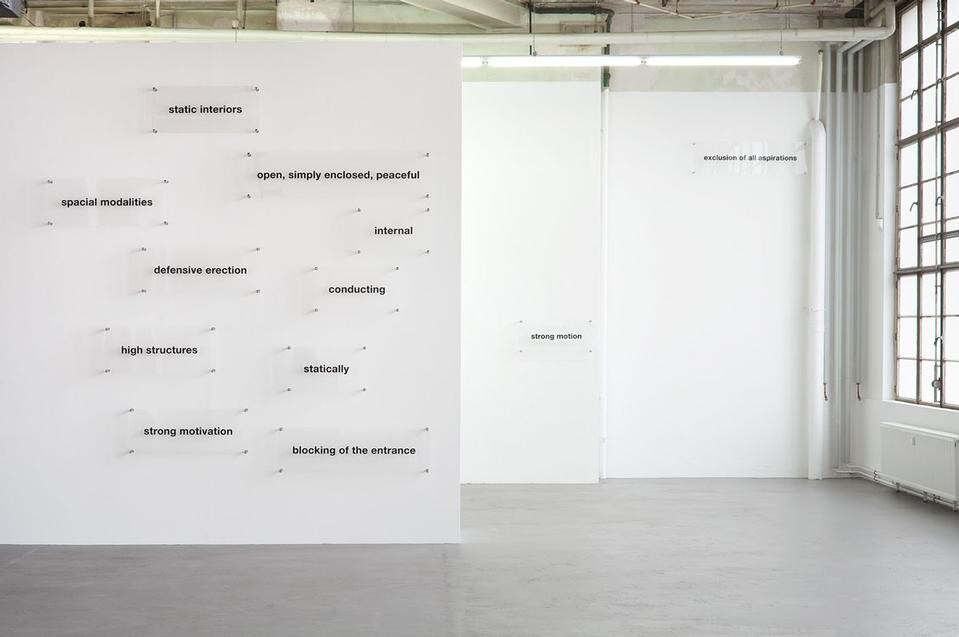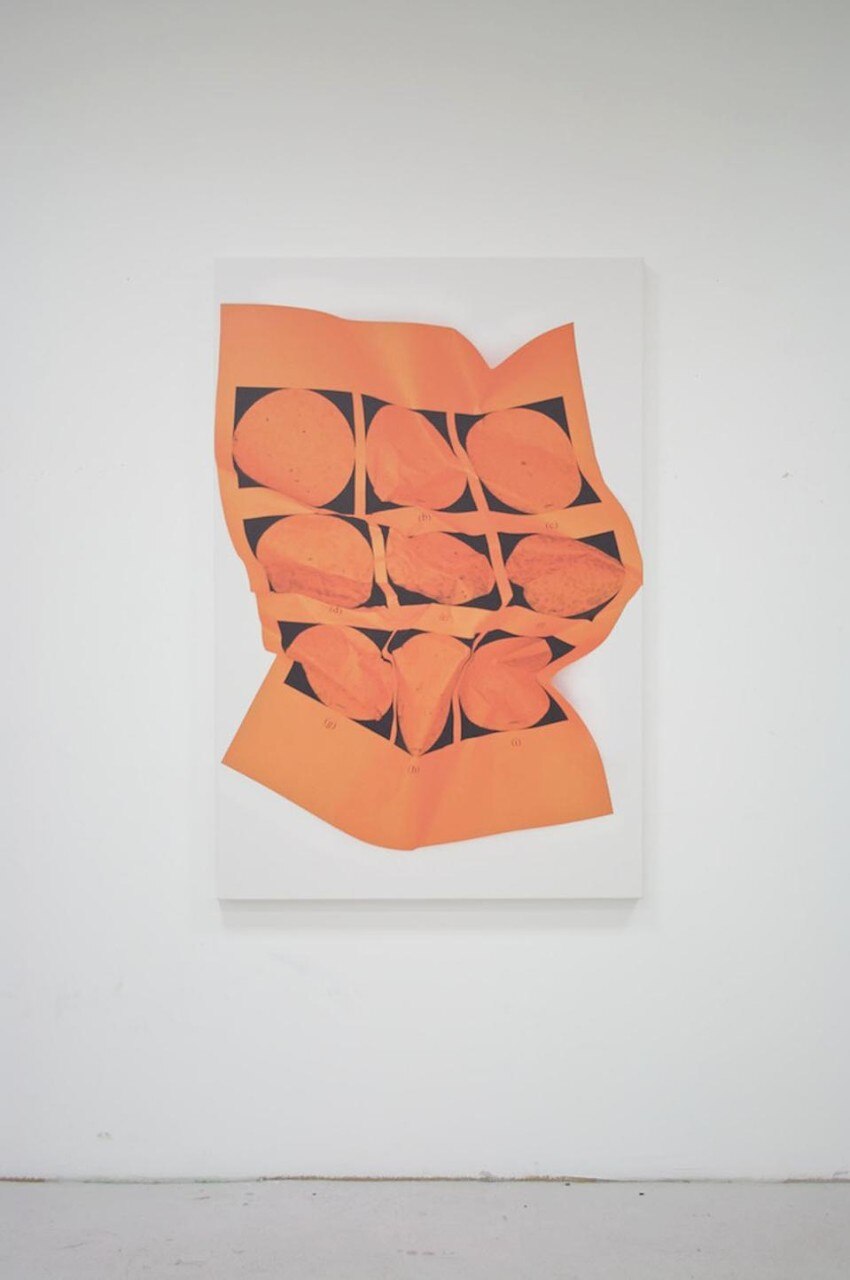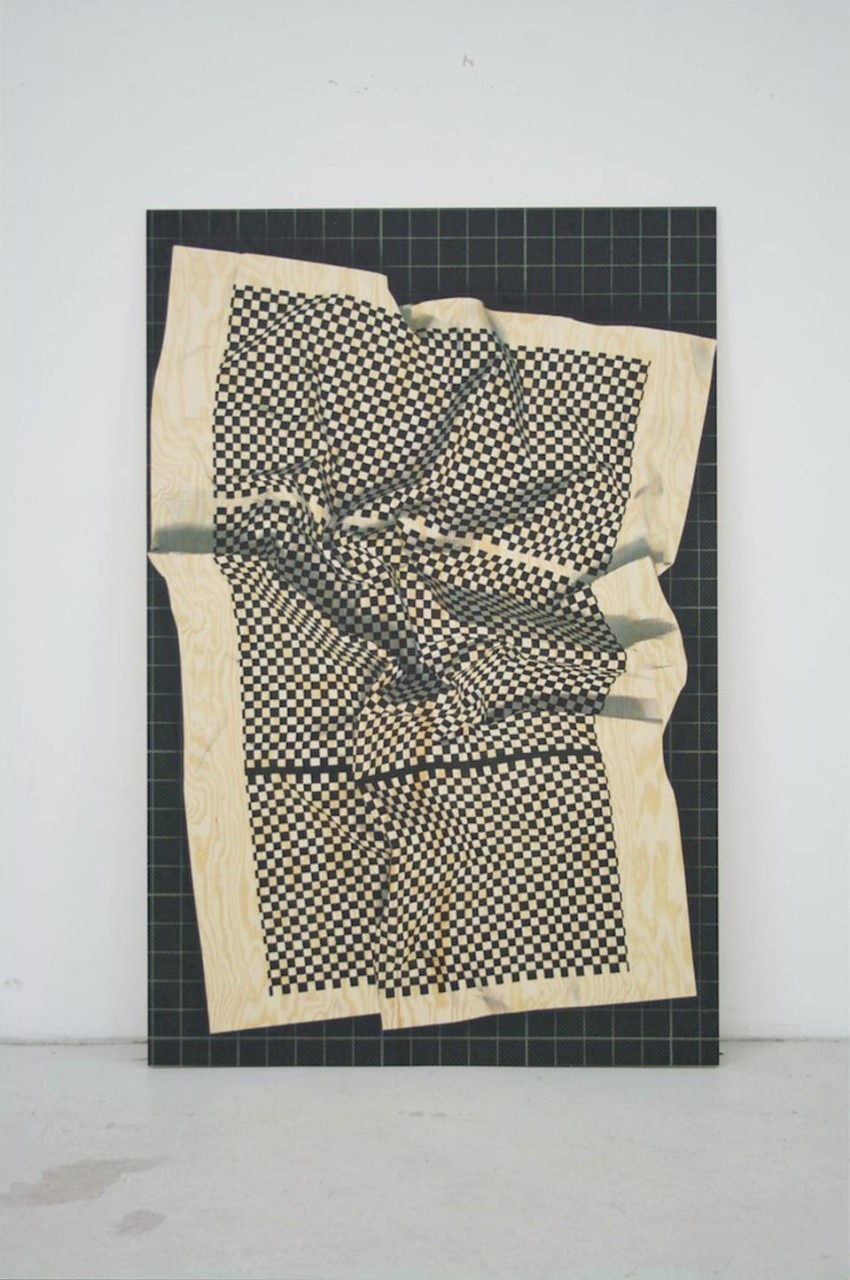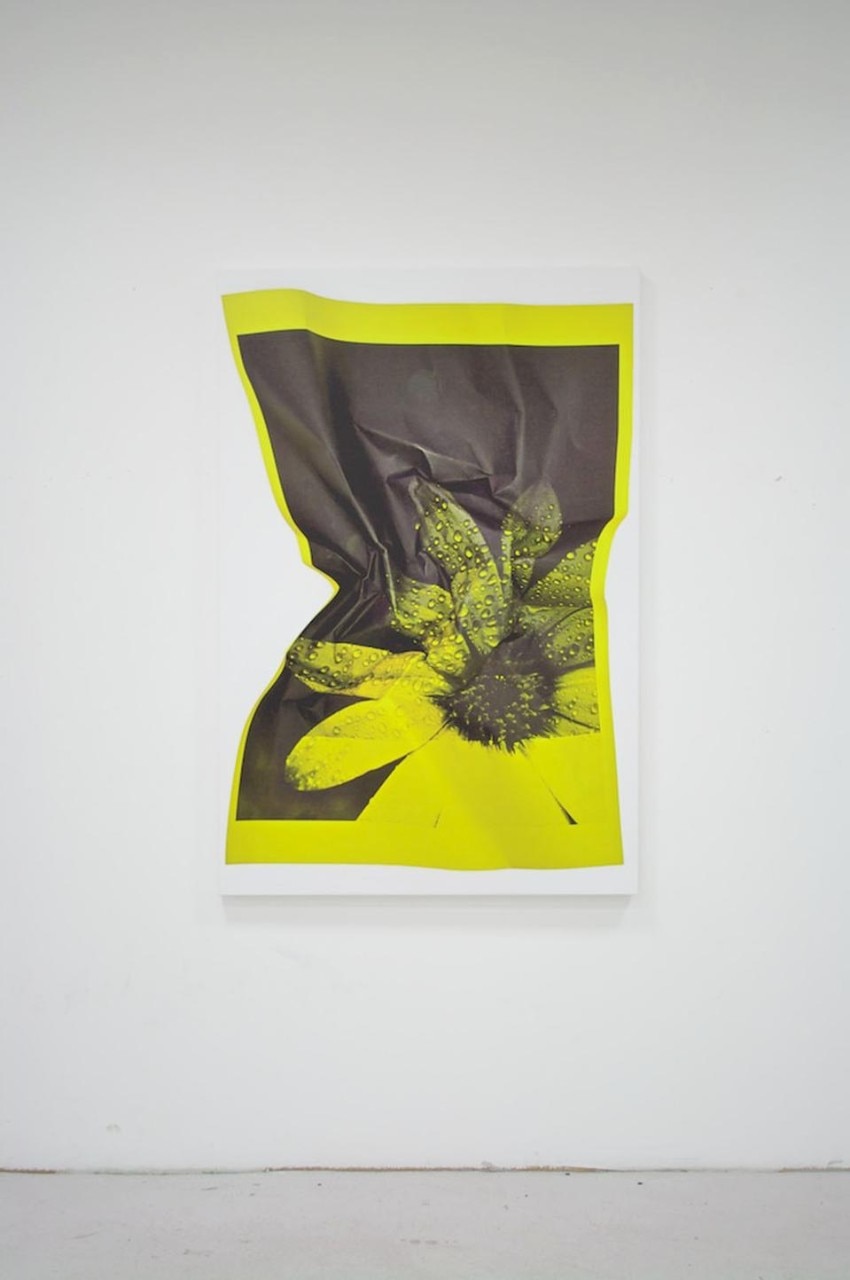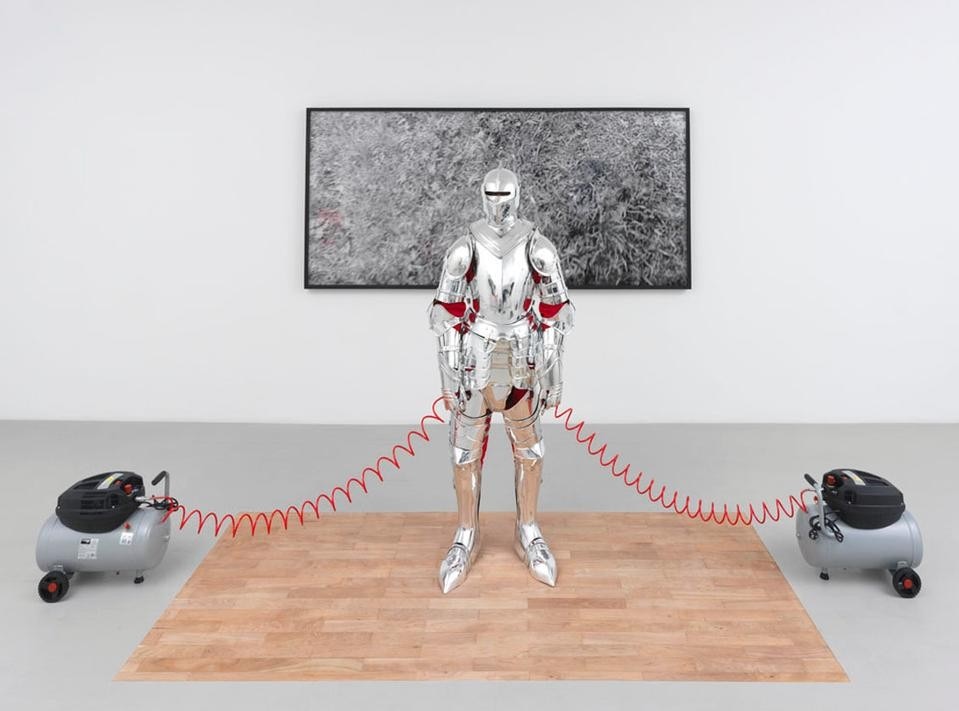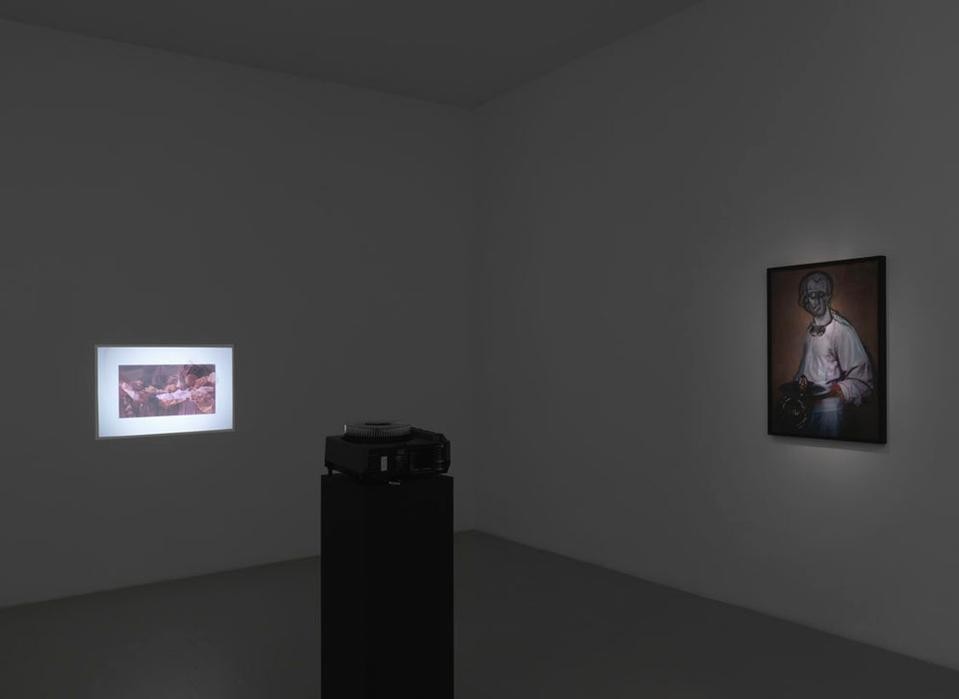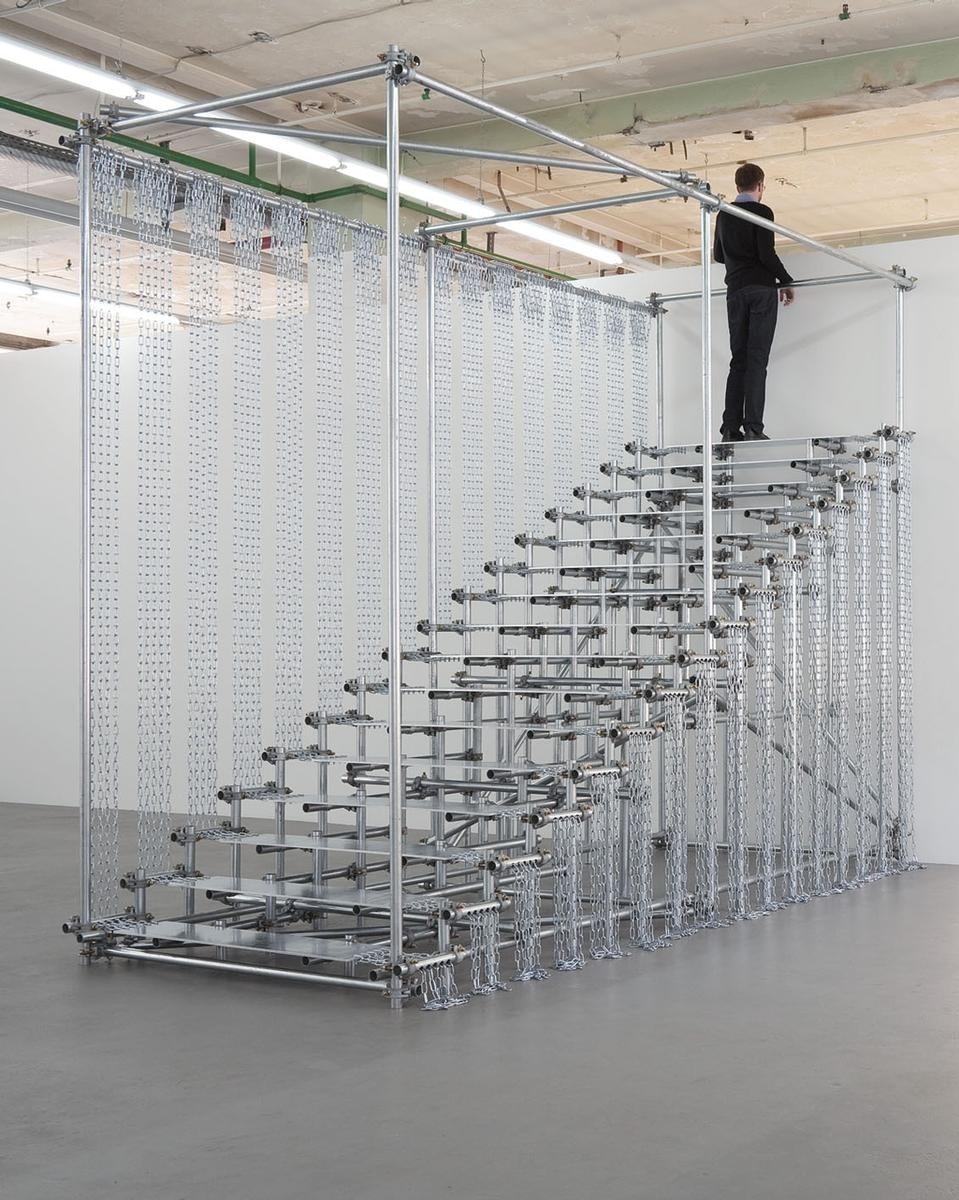Monica Bonvicini, at the Max Hetzler gallery, presented a critical reading – mediated by a vision profoundly informed by gender theory of contemporary architecture – intended both in the literal sense of the construction of buildings and in the metaphorical one of the construction of complexes of ideas, conceptual systems, visions of the world. The sculptures on show, in their almost scientific mix of materials, in the way in which these become spontaneously loaded with erotic allusions, aim to underline with contrast the male bias of a certain way of considering architecture and the city. An installation the size of Genital Modes – sheets of plexiglass on different walls, each bearing the name of a concept, a problem linked to the psychological and spatial relationship between the sexes – enables Bonvicini to draw a kind of conceptual map of the terms with which we understand such a relationship and therefore its nature.
Riccardo Previdi, at the Sommer&Kohl gallery exhibited an extension of his work on the neutrality of messages and signs. The main body of the exhibition – entitled "Testsieger", winner of a test – consisted of a series of works in which print test patterns and tests for print head alignment are printed and filtered - placed on coloured paper, twisted and re-photographed and finally printed on wood surfaces or canvas. The result is something that aims to be neutral (the test pattern) but where so many interventions have added so much background noise as to transform it into an actual message. The relationship between form and content is overturned and the neutrality of the latter gives way to the filtered intrusiveness of the former. At what point, Previdi's exhibition seems to ask, does the quantity of errors invert the grammatical sign?
Pietro Roccasalva meanwhile, offers the Johnen gallery a meditation in three phases on the power of what is absent, on the relationship between what is hidden and what is apparent: on ghosts. A dragon lizard, two knights in armour, a floor that has disappeared and the bringer of a message that isn't there: "Unicuique Suum Fussball", Roccasalva's one-man-show is discussed in greater depth in the article "Your Ghosts" (in domusweb, issues).
As well as these three individual shows, a collective exhibition appears rather curiously in this view of Italy as seen from Berlin. In a case perhaps more unique than rare, the national institutions decided to respond to the reality they found: the Embassy of the Italian Republic, in conjunction with the Italian Cultural Institute, recently launched a series of exhibitions of Italians living in Berlin, curated by Alessandra Pace and Marina Sorbello. The first, "Italiens", opened a few weeks ago and will run for over six months, it includes works by Previdi, Deborah Ligorio, Patrick Tuttofuoco and Armin Linke as well as others. It is perhaps easier for an artist to find a home in Berlin than for his work be able to breathe in the overbearing and ostentatious setting of an embassy; in Berlin, however these homes undoubtedly exist.
Vincenzo Latronico
